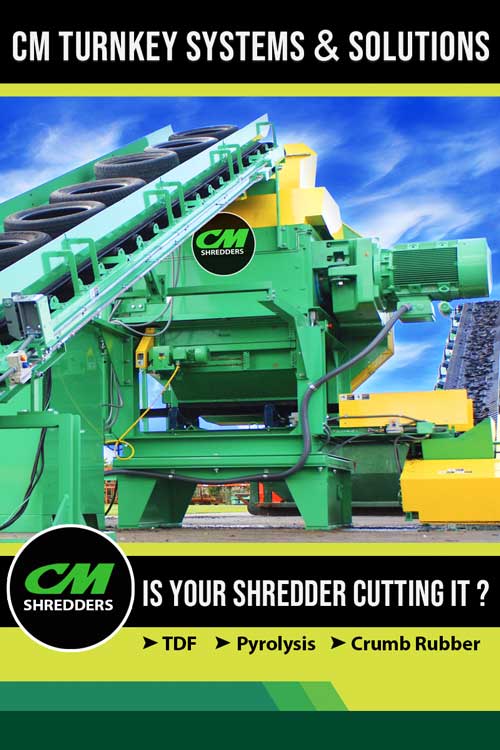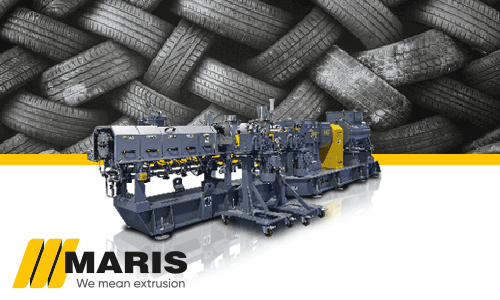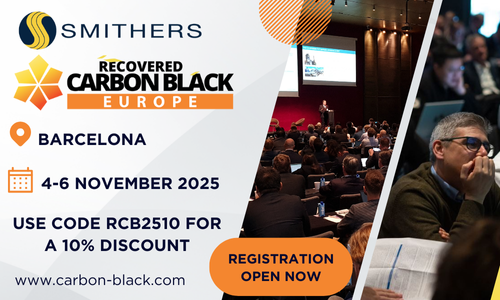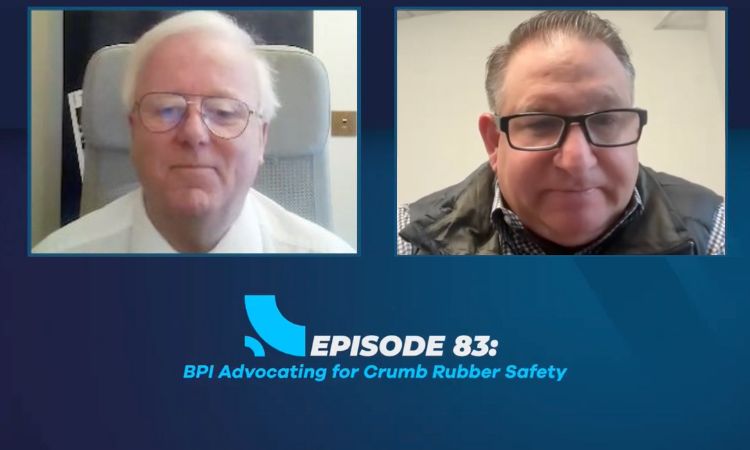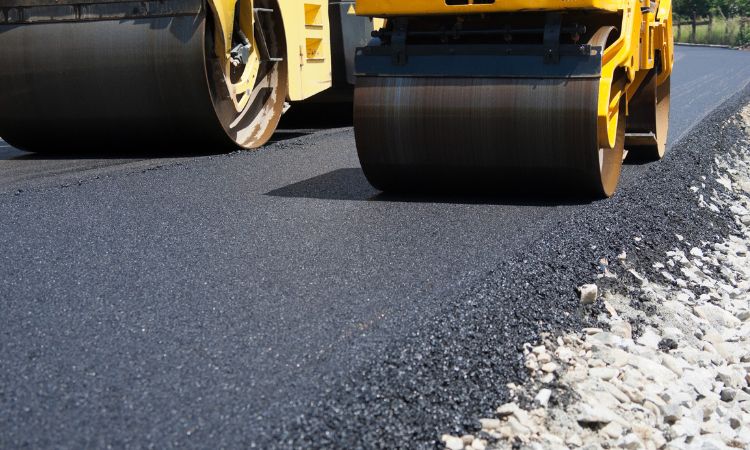UNC researchers: New chemical process transforms rubber waste into valuable materials
Researchers at the University of North Carolina (UNC) have developed an innovative chemical method that breaks down rubber waste into valuable precursors for epoxy resins.
Led by Dr. Aleksandr Zhukhovitskiy, the study presents an alternative to traditional recycling methods like pyrolysis, which can release harmful byproducts. Instead, the new process uses C–H amination and a backbone rearrangement technique to transform cross-linked rubber into amine-functionalized, soluble materials.
The researchers introduced a sulfur diimide reagent enabling the selective insertion of amine groups, which opened up the tight carbon structure of rubber. This allowed complete deconstruction into valuable, soluble materials within just six hours at mild temperatures (35–50°C). Importantly, the process avoids the harmful emissions typical of high-heat methods like pyrolysis. While still at the early research stage, this method shows promise for large-scale application, with further development supported by the U.S. Department of Energy.
Tested on synthetic rubbers like polybutadiene and polyisoprene, the method operates at low temperatures and under mild conditions, making it environmentally friendly and energy-efficient. The resulting materials show promising potential for use in industrial applications such as adhesives and coatings. The research team also evaluated the environmental footprint of the process and is already working on further reducing its impact.
Learn more about this topic at UNC’s website.
Weibold is an international consulting company specializing exclusively in end-of-life tire recycling and pyrolysis. Since 1999, we have helped companies grow and build profitable businesses.

